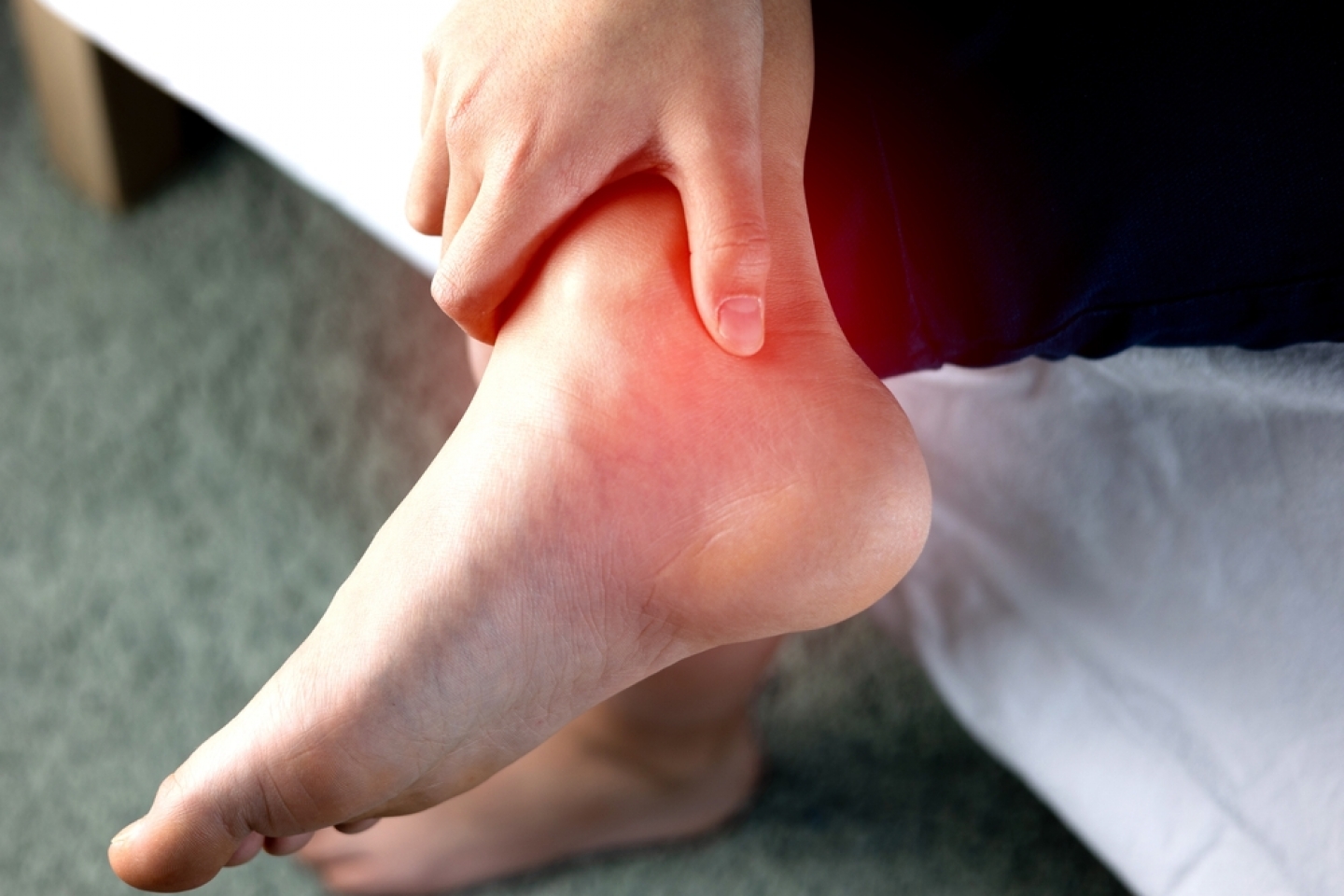
Inflammation, degeneration, and ruptures of the Achilles tendon are common afflictions for people of all ages, ranging from athletes and other active individuals to chronic conditions in older people. Surgeons at HSS at NYP Weill Cornell Medicine Orthopedics and Physiatrists in the Department of Rehabilitation Medicine at Weill Cornell Medicine take a collaborative approach to the management of Achilles tendinopathies, offering comprehensive evaluation and in-office diagnosis as well as nonsurgical treatment modalities and surgical repair of ruptures.
When we first see a patient with pain or instability in the Achilles tendon area, one of our physicians performs a comprehensive assessment that includes:
Not all Achilles tendon tears are treated with surgery. Older patients as well as smokers and those with diabetes are more likely to be treated with nonsurgical interventions. Surgical repair is individualized and is typically reserved for people with:
The choice of an open versus minimally invasive surgical approach depends on the location of the injury and the condition of the tendon. During minimally invasive Achilles tendon surgery, the repair can be accomplished through a one-inch incision.
For insertional tears, the surgeon cleans out the diseased areas and uses suture anchors to repair and reconnect the tendon directly to the calcaneus. For non-insertional ruptures, the surgeon cuts and reconnects the ends of the torn tendon.
The operation is performed on an outpatient basis using regional anesthesia. Patients will be non-weightbearing and use crutches for 3-4 weeks, followed by physical therapy. Full resumption of all activities may take 6-9 months.
Whenever possible, we try to treat Achilles tendon injuries and chronic tendinosis using targeted physical therapy (ice massages, stretching, strengthening exercises, and correction of alignment problems) to reduce load on the tendon and relieve pain. Physical therapy may be accompanied by other surgery-free approaches such as:
After all treatments, patients wear a stabilizing boot to maintain proper positioning of the foot and ankle and allow the tendon to heal without shortening.
When you refer a patient to HSS at NYP Weill Cornell Medicine for Achilles pain treatment, they will be seen by either a physiatrist or orthopedic surgeon. Physiatrists oversee nonsurgical treatments, and our surgeons perform tendon repairs. Contact us at 212-746-4500 to refer a patient.